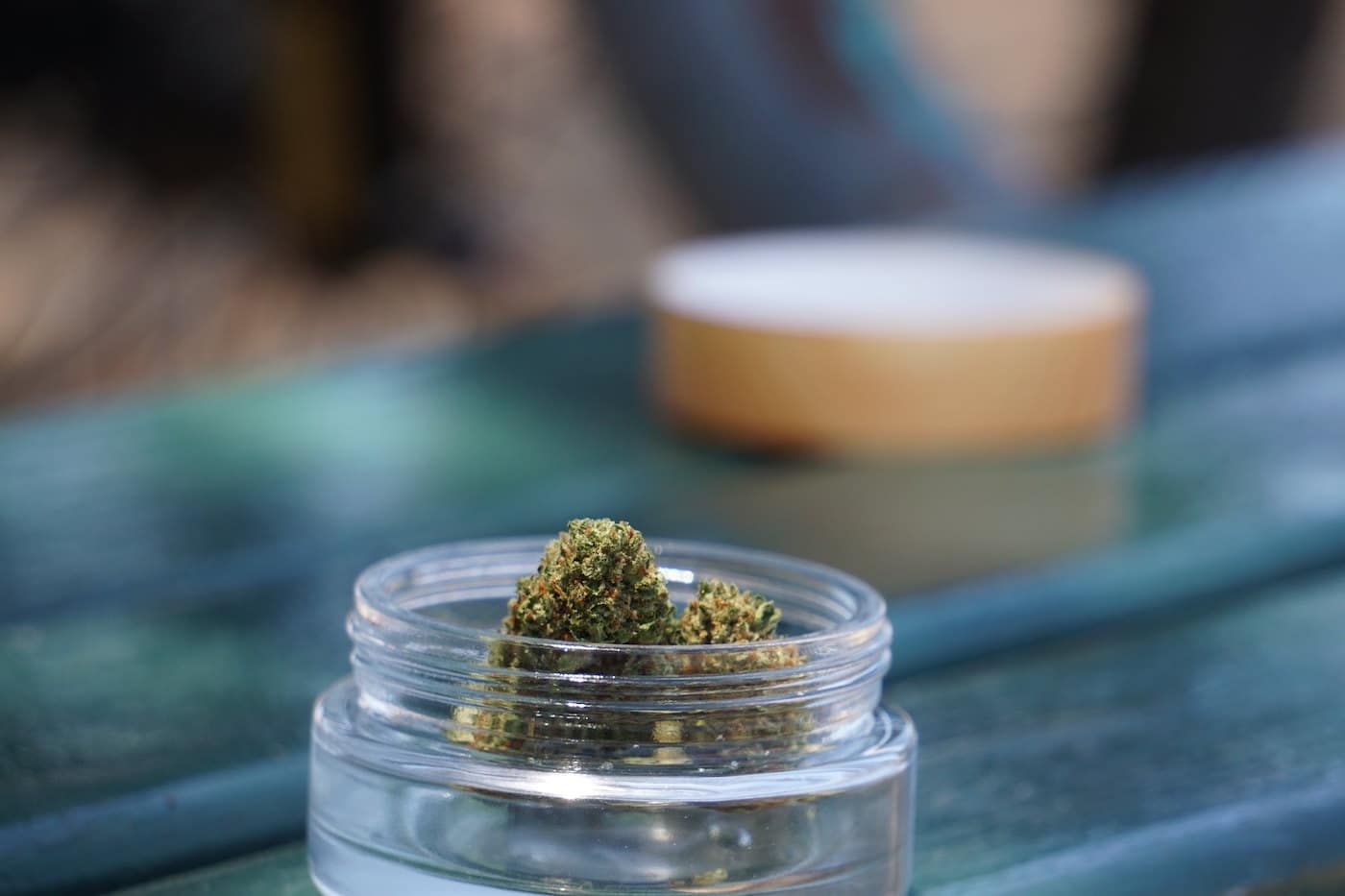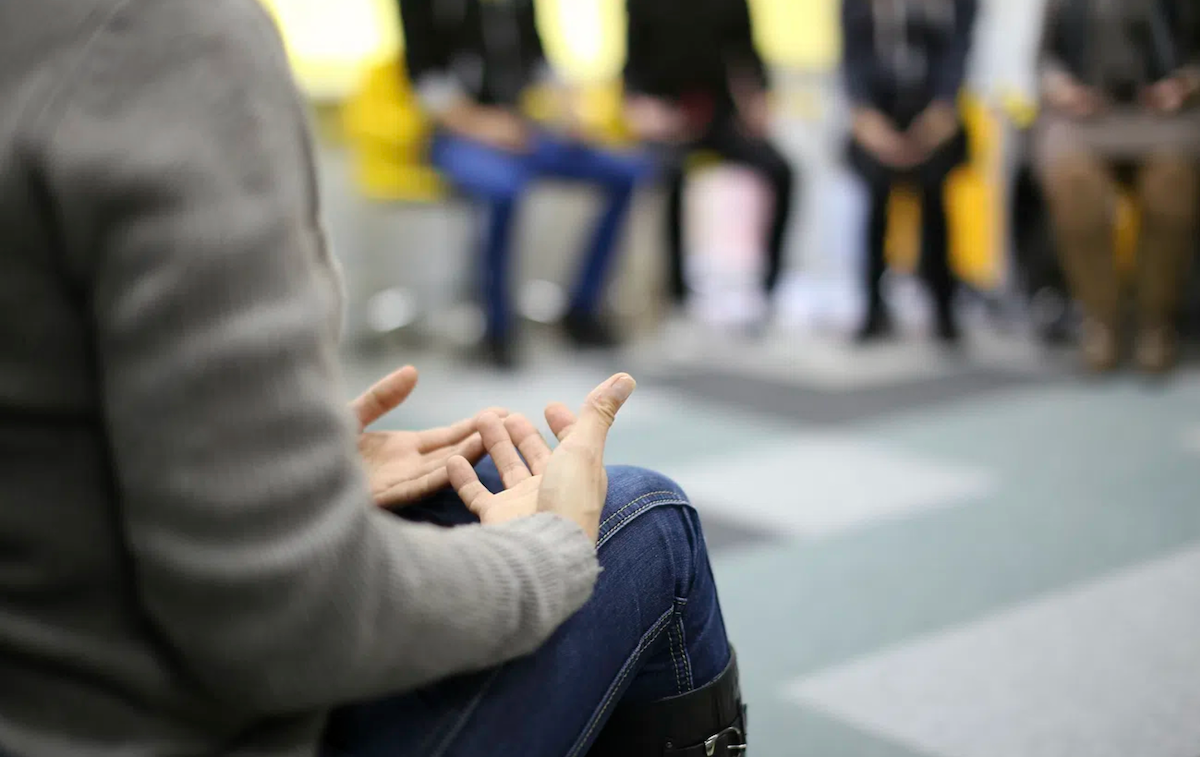Helping Teens with Substance Use Problems: Why I Changed My Approach
March 15, 2023 | Barry Lessin, M.Ed., CAADC
I got a new lease on my professional life in 2011 when publicity about the 40th anniversary of the “War on Drugs” and the oppressive drug policy failures associated with the war led to an “Aha!” moment for me. It motivated me to lift my head out of the sand and gain a wider public health perspective on my work with my young substance-using clients and their families, and it urged me to take a closer look at the effectiveness of the treatment I was providing.
It’s an exciting time to be working in the field because debates about the nature of addiction and its treatment abound. Such discussions prompted me to re-evaluate my approach, based on my training and experience working with teens and their families. I’m now convinced we can more effectively treat substance use disorders through knowledge of the public health issues determining the landscape that addiction treatment providers must navigate.
Skewed Research View
With my vision now clearer, I can see that my training in addiction as a chronic disorder was based on skewed research that included populations of drug users who were least likely to stop using. Many studies did not include drug users who quit on their own, couldn’t afford treatment, or got rejected from treatment.
I was also astounded to learn that most of those who meet the American Psychiatric Association’s criteria for addiction stop using illegal drugs by about age 30 through a process called “maturing out.” (In other words, they outgrow their drug problems.) Another surprise was that the vast majority of people quit using drugs without professional help and make the choice to quit on their own.
Skewed Clinical View
Between my not realizing that most people mature out of their substance use disorders and my thinking that most who requested treatment with me had severe substance use disorders, I developed what’s known as “clinician error.” This phenomenon led me to believe that everyone who walked through my office doors probably was addicted or on a path to addiction. And all harmful consequences of substance use signified a “red flag” warning that their use was likely on a slippery slope to full-blown addiction. A disease model focus had placed me in an authoritarian position, with an expectation that failure to comply with my “expert” treatment recommendations would likely result in client failure.
Once I reviewed the literature about substance use patterns from the public health perspective – combined with what we know about adolescent development and my experience with effectively engaging young clients in treatment – I was forced to relinquish the addiction-as-a-disease concept. I began to recognize that my perspective on addiction and its treatment had become myopic, since it went along with the adage, “If your only tool is a hammer, then every problem looks like a nail.” Indeed, if your view is that everyone with a substance problem is on the path to full-blown addiction, then the possible treatment goals (usually abstinence-only) are narrowed and, by default, the recovery and treatment options are limited. I came to realize that the disease model had lulled me into thinking that I was offering individualized treatment.
With my mind open to the idea that not everyone who walks into my office is addicted and that some have less severe problems and/or are just looking to change their pattern of use, I began to utilize an expanded treatment tool box which granted my work with young adults an opportunity to be more effective.
Limitations of the Disease Model with Teens
Teenagers often come to treatment very reluctantly. Telling them they have “a disease,” as is common in traditional treatment programs, can undermine their existing emotional vulnerabilities, hampering whatever motivation they may have to get well. Instead, my treatment approach is informed by my training in counseling psychology and based on the human development theory that people have “problems in living” and that the challenges we face are normal ones as we move through our lives in predictable developmental stages.
Another problem with applying the disease model for teens is that it uses substance use disorder diagnoses as a foundation of treatment. While this can guide treatment recommendations and serve as helpful shorthand among providers to share information about clients, such diagnoses emphasize substance use as the treatment focus. This de-emphasizes the need to address co-occurring mental health issues such as anxiety, depression, and ADHD.
Diagnoses also tend to pathologize normal behaviors of adolescence, thereby reinforcing stigma and existing low self-esteem. Risk-taking, challenging authority, and novelty-seeking are normal teen behaviors that often occur as teens establish autonomy and identity. It’s not uncommon for them to exhibit irrational behaviors, poor judgment, emotional dysregulation, and problems with impulse control. Labels obscure this process. Most importantly, labels don’t reflect the uniqueness of each child and the specific family dynamics.
I embrace a psychobiosocial approach that views substance use as a complex interaction of psychological, physiological and environmental variables. It includes respecting the right to make choices and implementing changes through small, positive steps. Rather than focus on restricting or prohibiting risky behaviors, the goal is to reduce the harms associated with them.
For instance, parental ‘zero tolerance’ policies for kids who are going to smoke pot anyway forces kids to lie and be more secretive about their use, escalating conflict even more. It will put the teens in potentially more harmful situations and greatly limits parental response if their teen refuses to comply. On the other hand, opening up a discussion about the pros and cons of marijuana use will help parents better understand why their kid smokes and create opportunity for dialogue about what steps parents can take to effectively help their child.
Addiction as Maladaptive Learning
We’ve thrived as a species by having brains hard-wired to move us towards things and activities that are productive and pleasurable, and away from pain. Substances help us relax, sleep, have fun, improve creativity, and cope with the pain close to the core of more serious mental health issues.
Within this framework, addictions can be viewed as compulsive behaviors driven by cravings that require people to make choices about whether to use drugs. The compulsions are related to an underlying psychological process involving an interaction of emotional factors unique to each person.
A common denominator in working with all teens is for them to learn to make choices that will more readily shift from maladaptive choices to choices that are adaptive to psychological wellbeing. Teens are at a developmental disadvantage when evaluating the risks and rewards involved in making choices, because their impulse control and ability to weigh short and long-term risks and rewards are a work in progress.
When substance use is involved in the equation, young peoples’ difficulty in seeing future costs often offers the immediacy of getting high as the best choice. It can be more challenging because addictive drugs are most likely to provide immediate benefits but delayed costs.
Adaptive Learning in Treatment
The dynamic adaptive learning approach more accurately reflects a young person’s unfolding developmental trajectory and offers me more flexibility and treatment options than the static disease approach. I view the kids I work with as children, siblings, students, athletes, and community members – who also happen to use substances.
In this treatment environment, focusing on their drug use as a choice that they have control over encourages kids to engage in discussions about options for coping with urges to use. Treatment focuses on helping them understand their urges to get high, anticipate and better manage the impulse to use, and work through the underlying issues that are being temporarily solved by getting high.
This perspective allows me to engage more teenagers in treatment and also keep those with more problematic use in treatment longer. Teens are more willing to collaborate in their care when their shortcomings and failures aren’t reinforced, and they feel invested in the process of change.
My expanded and more flexible treatment repertoire, including evidence-based treatments like cognitive behavior therapy and motivational interviewing, allow me to be more proactive in expecting shifts in symptoms and behaviors, and offer me more opportunities to intervene for change. This includes helping clients to understand that the substances they use are not the problem per se, but their relationship with them can be, as can be their relationship with people. For instance, the outcomes of substance use will vary for the person depending on the specific substance and dose, the mindset of the user at the time, and the environment in which use occurs.
Viewed in this way, young people are better able to understanding where the harms lie in their use and are more willing to take steps to change.
Parent Empowerment
Part of my job as a family therapist is to offer parents tangible ways to understand what “makes their kid tick” and the steps to take to effectively intervene. Once parents learn that kids are not just little adults and that their brains aren’t yet developed in important ways, they can better understand why their teens repeatedly and impulsively make reckless or risky choices.
Armed with this knowledge and learning about the stages of change that reflect how people naturally move through a predictable process of change, I can help parents develop a realistic roadmap of the future. The road can be difficult and sometimes treacherous, but having that map offers hope, gets parents back in the driver’s seat and helps them feel more empowered.




